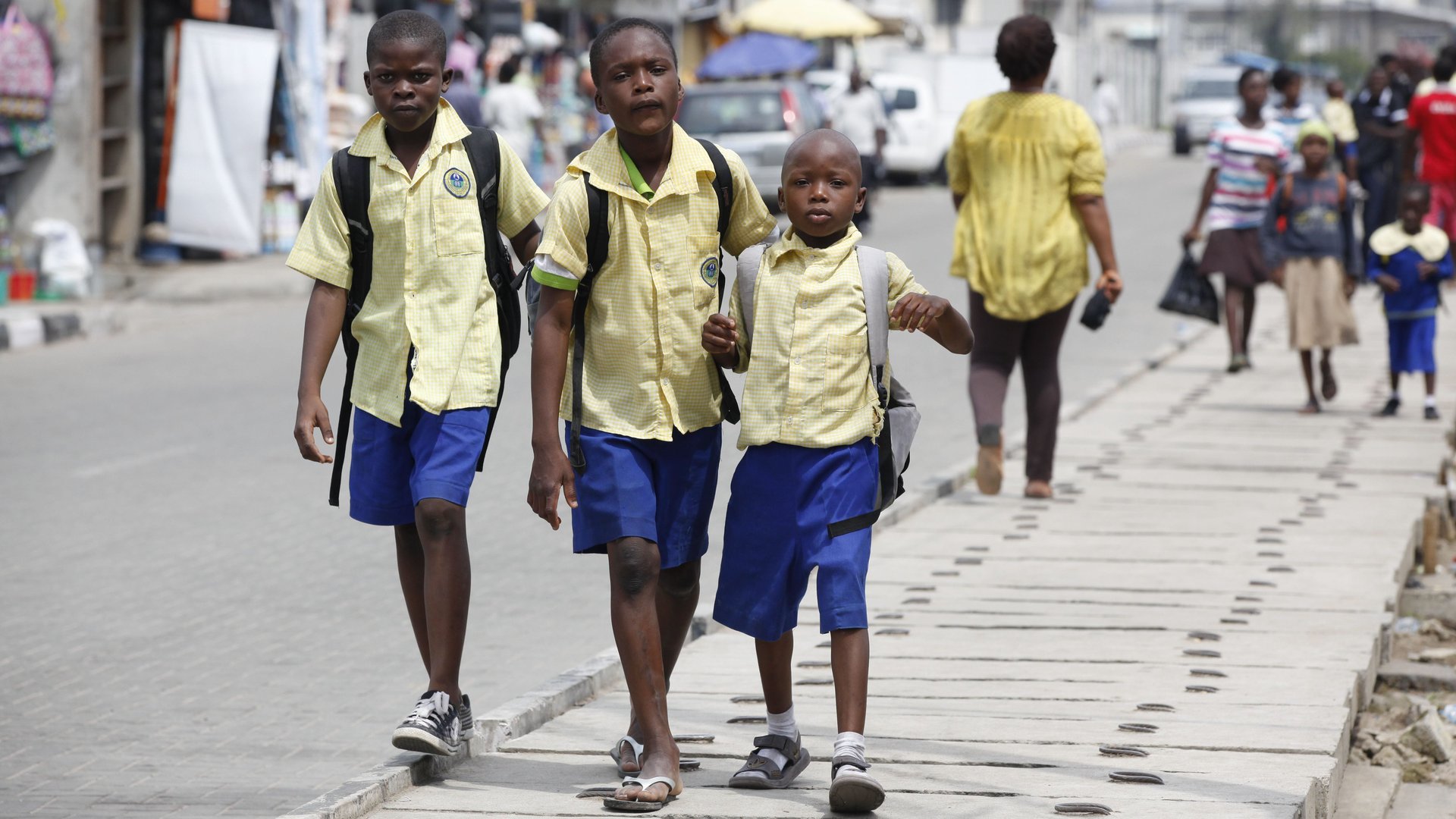The key to innovating education in Africa will be to fix its financing
Africa is at risk of losing a generation of 21st century workers and job creators. If current trends continue, Africa will be home to one billion young people by 2050 but one-third of them will not be able to complete basic secondary education.


Africa is at risk of losing a generation of 21st century workers and job creators. If current trends continue, Africa will be home to one billion young people by 2050 but one-third of them will not be able to complete basic secondary education.
For children who are in school, things won’t be much better. While technology has dramatically transformed the modern workplace, many children are still learning the same way they did 100 years ago. This has led to a huge disconnect between what employers need and what future African workers and entrepreneurs are trained to do.
We know how education in Africa needs to change. We must take full advantage of technology by getting every school online and grow the digital learning infrastructure. Teachers should be better trained, paid and supported to enhance learning. It’s also critical for the private sector to be involved; that will help overcome the divide between the realities of the marketplace and what children learn in school.
With these innovations, we want to ensure that a child in rural Africa gets the same quality education as a child in Finland or Singapore. But these changes come with a hefty price tag. Many African countries and donor governments are committed to increasing education financing and using it more efficiently. But there will still be a significant funding gap.
How will we pay to get all children in school and learning?
The key will be innovating the way we finance education. I’ve been working for years with colleagues from the private sector, government, and civil society – a group known as the Education Commission—to come up with a solution. Our “big idea” is to create what’s called the International Finance Facility for Education. The Facility works on two levels. First, it pools donor funds to act as guarantees for multilateral banks. These guarantees will allow banks to borrow more money from capital markets and create a new stream of education financing for developing countries.
Second, the Facility helps countries escape the “debt trap” of using high-interest loans to realize their education goals. This is particularly important for countries like Ghana, Tanzania, and Cote d’Ivoire that are gaining economic ground and losing the ability to qualify for grants or low-interest or interest-free loans. The Facility will mobilize funds from donors to subsidize or completely pay down interest upfront. Countries will be able to pay the loans back on favorable terms over several decades while they reap the economic benefits of a more skilled population.
The Facility will multiply donor dollars for much greater impact, and could generate enough funding—an additional $13 billion annually starting in 2020—to make quality education possible for children across the globe. This would nearly double the current amount of external financing for education. All of this could be done without breaking any country’s budget.
Of course, African countries will need to make significant contributions to these efforts, and many of them already are. According to a Commission report from last year, low- and middle-income countries will need to increase domestic expenditures on education and implement much-needed reforms to get all children in school and learning.
We urge countries to raise education spending from an average of 4% of their GDP to 5.8%. While some African countries, such as Ghana and Botswana, already hit or exceed this target, most do not. More than a dozen African countries recently met with my fellow Commissioner former president of Tanzania Jakaya Kikwete to discuss our findings, and how to most effectively move ahead to hit these investment and reform targets.
It’s time for leaders in Africa and beyond to take a serious look at how this kind of facility could revolutionize education. We need to embrace innovation—in terms of how we educate children and how we pay for it— to make sure that Africa’s youth generation lives up to its enormous promise.
Strive Masiyiwa is the executive chairman and founder of Econet. He is a member of both the International Commission on Financing Global Education Opportunity and the Global Business Coalition for Education.